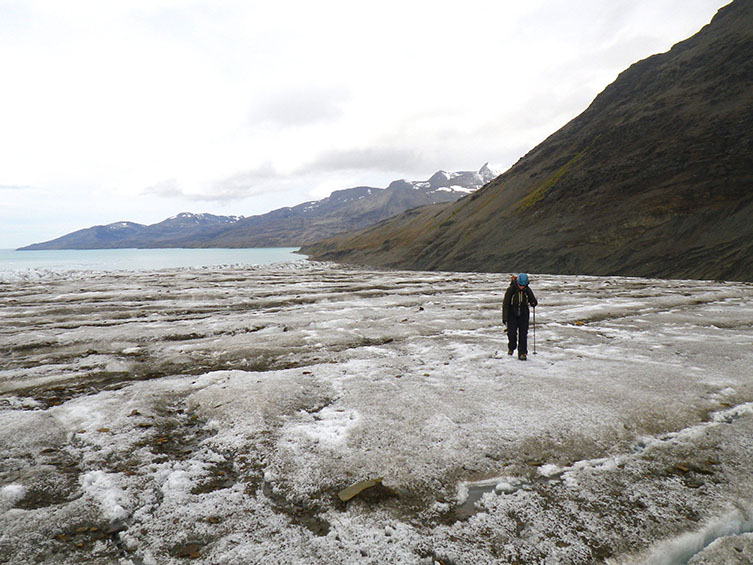Application details
Deadline to apply: Monday 20 January 2025, 17:00 GMT

Cyanobacteria are the only bacteria capable of oxygenic photosynthesis. They have shaped Earth’s biogeochemical cycles and biodiversity for billions of years.
Cyanobacteria are especially successful in polar freshwater ecosystems where they are important primary producers, driving food webs and carbon cycling.
Climate models predict that the Polar Regions will warm faster than other parts of the globe, and the Arctic has already been shown to be warming at rates more than twice the global average. It raises concerns over threats to the integrity of their biological communities and to forecast biological responses.
Of particular interest are cyanobacteria belonging to the genus Nostoc, as they are able to fix nitrogen, and therefore a key contributor of bioavailable nitrogen to freshwater ecosystems. However, the diversity and biogeography across a latitudinal gradient form Sub to High Arctic and adaptation of photosynthesis to polar habitats remains poorly understood.
The aims of the project to perform a comprehensive assessment of Nostoc cyanobacteria, evaluate their habitat range and assess the genomic and photophysiological basis implicated in the adaptation to cold environments.
The project will use a multi-faceted approach and will provide the student with training in molecular techniques, culture isolation techniques, photophysiological laboratory experimentation, genomics, bioinformatics analysis including historic museum collections from the 19th century.
Molecular techniques: DNA extraction methodologies from environmental samples, PCR, amplicon and shotgun metagenomic high throughput sequencing.
Bioinformatic and statistical analysis: Microbial community structure analysis, 16S rRNA and 18S rRNA gene and fungal ITS metabarcoding, metagenomics, phylogenetics, statistics, R.
Fieldwork skills: Hands-on training in sampling techniques, recording protocols, plant health and fungal mycorrhiza assessment.
International case partner: Opportunity of a minimum 3-month research stay with the CASE partner in Zambia.
Science communication skills: Opportunities in participation in public talks and outreach activities at the NHM
Personal and professional development delivered by NHM postgraduate office and DLA.
Training will be delivered by one-to-one instruction by supervisory team, collaboration partners, in house training courses, and selected external training courses.
Deadline to apply: Monday 20 January 2025, 17:00 GMT
Natural History Museum
Queen Mary University of London

.png)